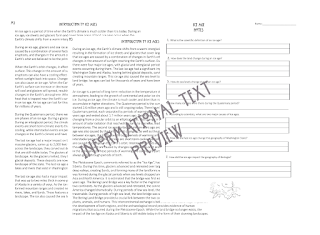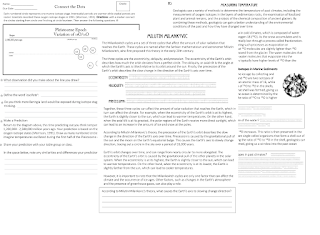This curriculum introduces sixth graders to the Paleo-Indian people, the ancestors of the Yupik tribe, who lived on the Beringian subcontinent during the Beringian Standstill. This curriculum will teach students to understand the events that took place during the Beringian Standstill, how it altered the DNA of these ancient people and how their descendants are still living today.
Students will learn about the ancient DNA found in Alaska, specifically the genome of a girl who was unearthed at the Upward Sun River archeological site in the Tanana River Valley in central Alaska. Her remains are the second-oldest human genome ever found in North America and it sheds new light on how people – among them the ancestors of living Native Americans – first arrived in the Western Hemisphere.
This curriculum will help students further their understanding of the Paleo-Indian people by exploring the events that took place during the Beringian Standstill. Through the use of historical texts, interactive activities and videos, students will learn the importance of the Beringian Standstill and how it shaped the development of the Paleo-Indian people.
In addition to exploring the events of the Beringian Standstill, this curriculum also looks at the scientific evidence supporting the migration of the Paleo-Indian people. For example, students will learn about the ancient DNA found in Alaska and how it provides evidence of how the ancestors of the Yupik tribe migrated to the Western Hemisphere.
This curriculum is a great resource for parents and teachers who want to provide their students with a comprehensive introduction to the Paleo-Indian people and the Beringian Standstill. It is designed to be differentiated for both middle and high school reading levels and combines science and social studies to provide a rich, engaging learning experience.









